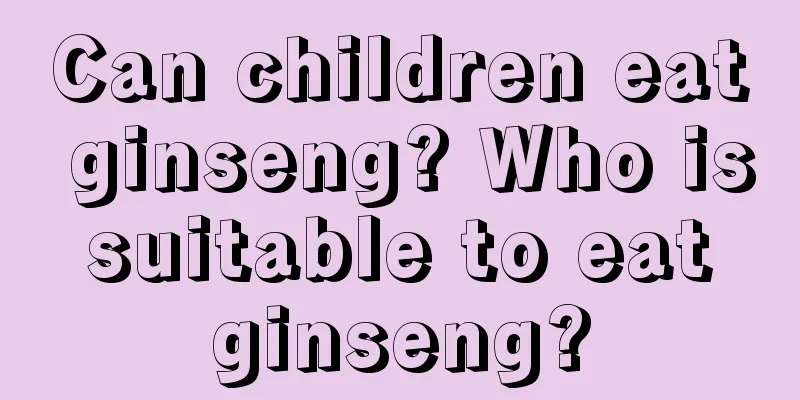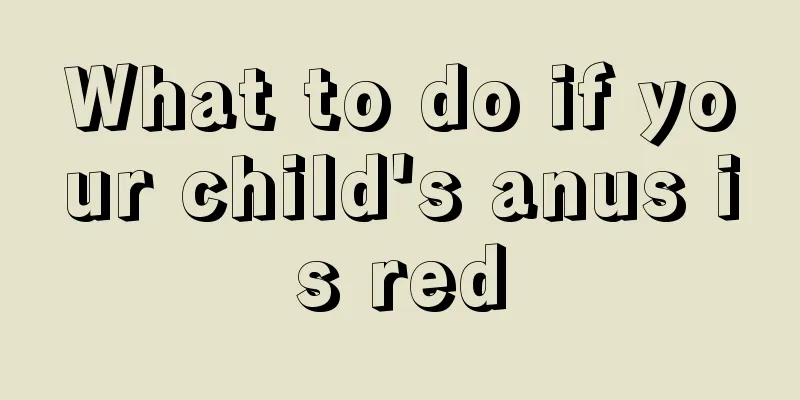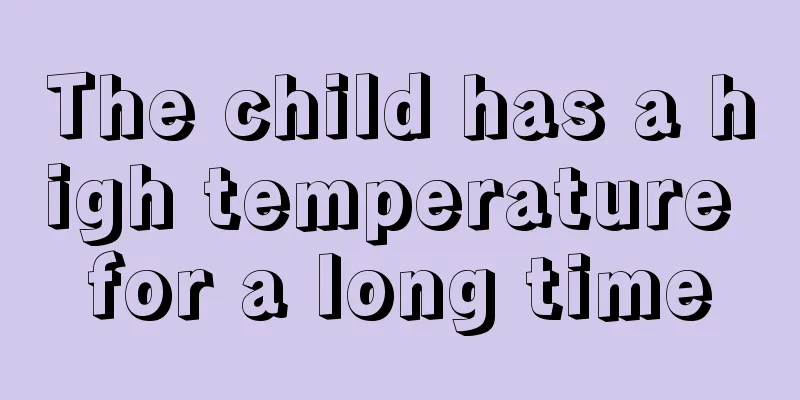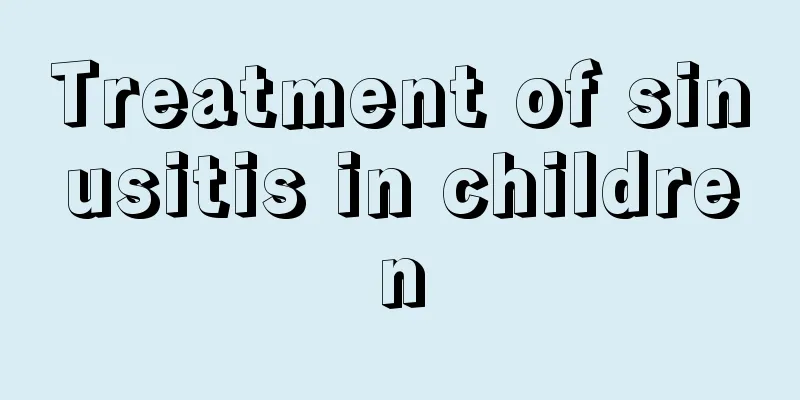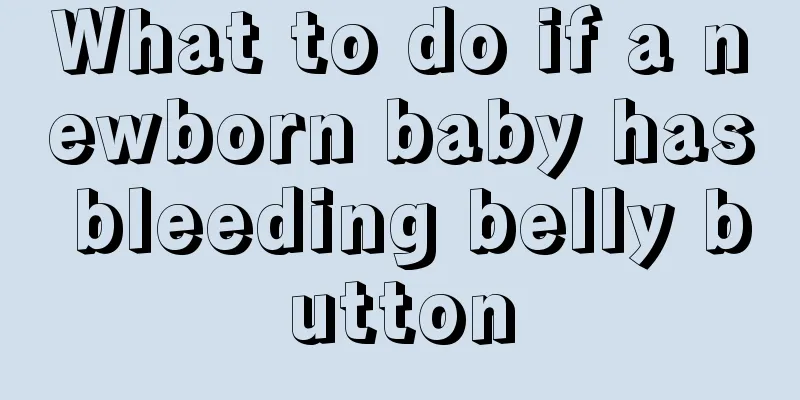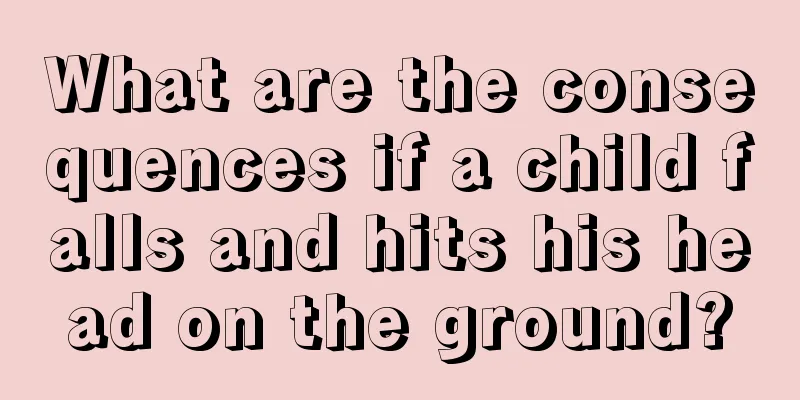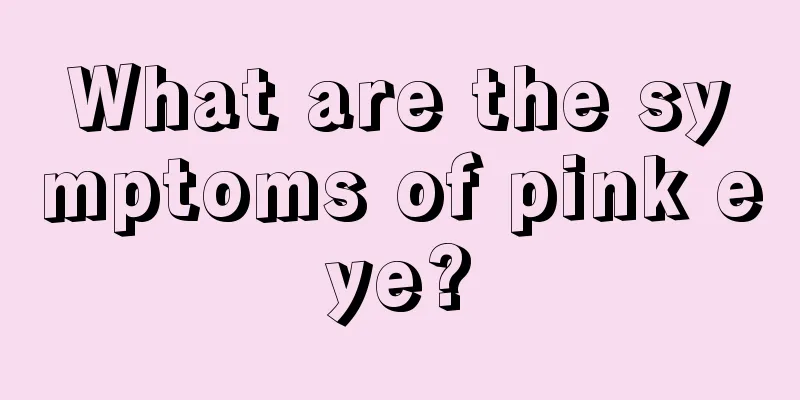The order in which children lose their teeth
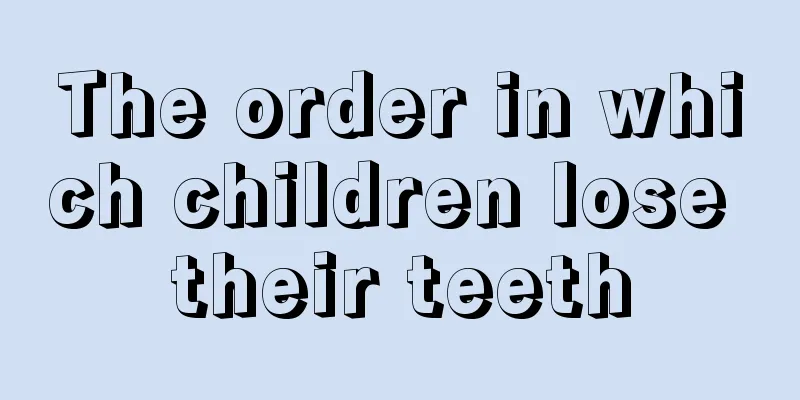
|
Losing teeth is something that everyone will experience, and it is even more normal for children. Tooth loss first starts at age six or seven. Then the teeth that fall out at the age of twelve or thirteen become permanent teeth. During this period, all the child's deciduous teeth fall out. Then, you will start losing teeth and then have them replaced after you turn 18. Normally, at the age of 6 to 7, the deciduous central incisor (central front tooth) of the mandible begins to shake and fall out, and soon the permanent central incisor grows in its place; at the same time, the first molar grows behind the second deciduous molar. After that, the other teeth were replaced one after another. The permanent monocuspids and bicuspids can only grow out after the deciduous teeth in the same position fall out. By the age of 12 to 13, all the deciduous teeth have fallen out and have been replaced by permanent teeth. After that, permanent teeth will grow separately: the second molar will grow behind the first molar at the age of 12 to 14, and the third molar will grow after the age of 18. It is normal for some people to not have third molars. 1. Retained deciduous teeth The phenomenon of deciduous teeth not falling out when they should is called retained deciduous teeth. (1) The main causes are: ① misalignment of permanent tooth germ; ② local inflammation; ③ loss of permanent tooth germ. (2) When permanent teeth have erupted but deciduous teeth have not fallen out, retained teeth should be extracted as soon as possible to avoid affecting the eruption of permanent teeth in the normal position. If the deciduous teeth have not fallen out and the permanent teeth have not erupted after the age of tooth replacement, do not extract them easily. If the permanent teeth are congenitally missing, the deciduous teeth should be retained as much as possible. 2. Early loss of deciduous teeth The loss of deciduous teeth before they should fall out is called premature loss of deciduous teeth. This often causes the adjacent teeth on both sides to tilt toward the gap between the missing teeth, making the gap between the missing teeth smaller and causing the permanent teeth to erupt out of place due to insufficient space. A gap maintainer should be worn in the gap between deciduous teeth to prevent the teeth on both sides from tilting until the permanent teeth erupt. 3. Difficulty in eruption of permanent teeth When permanent teeth fail to erupt after the period of tooth replacement, it is called delayed eruption of permanent teeth. The main reasons are: ① Early loss of deciduous teeth; ② Supernumerary teeth; ③ Obstruction of odontoma or cyst; ④ Abnormal development of permanent teeth themselves; ⑤ Genetic factors; ⑥ Calcium deficiency. |
<<: The baby has a red spot on his arm and it is hard
>>: What should I do if my child has stomach inflammation and hurts after eating?
Recommend
What is the cause of the baby's diarrhea with blood?
We all know that by observing the baby's stoo...
Is bronchopneumonia serious in children?
Bronchopneumonia is a very common respiratory dis...
What should I do if my child wakes up coughing in the morning?
It is very normal for children to cough in daily ...
What are the problems in children’s education?
In the process of educating children, parents wil...
What should children pay attention to in case of myocardial strain
Many friends will suffer from myocardial strain i...
What are the physical methods to reduce fever in children?
Infant fever is a relatively common disease. If t...
How to treat school phobia?
It is the beginning of another school year. Many ...
The best way to treat stuttering in children
Stuttering is very common. There are many reasons...
What to do if your child coughs and has thick phlegm
Coughing is a common symptom in children. In seve...
Why do I have a lump on my arm after getting a vaccination?
Vaccinating your baby on time and according to re...
How to tell if a child’s eardrum is ruptured?
A ruptured eardrum is mostly caused by trauma, wh...
Is it okay to style bangs on a three-year-old?
In our lives, there are many mothers who are very...
What is the diet for a one year four month old baby
A nutritious diet for children is very important....
Ten-month-old baby has developmental delay
We all know that what mothers are most concerned ...
Child's nosebleed
Nosebleeds are a common phenomenon. Most people m...
